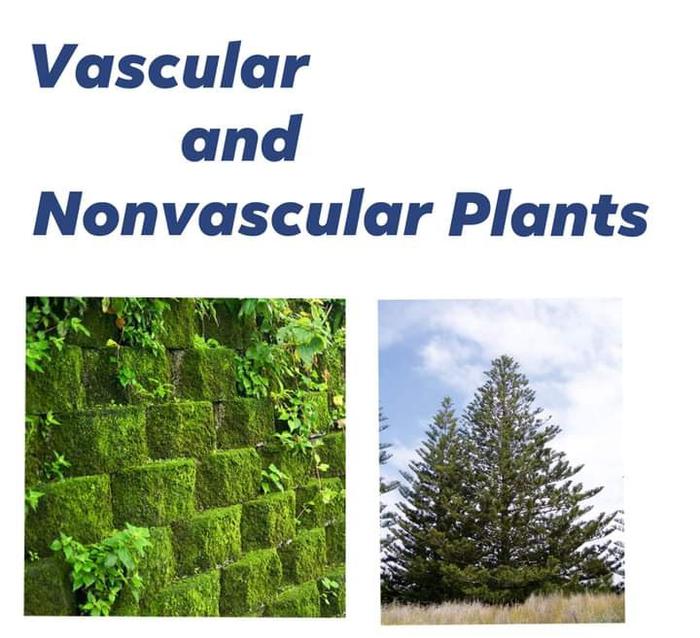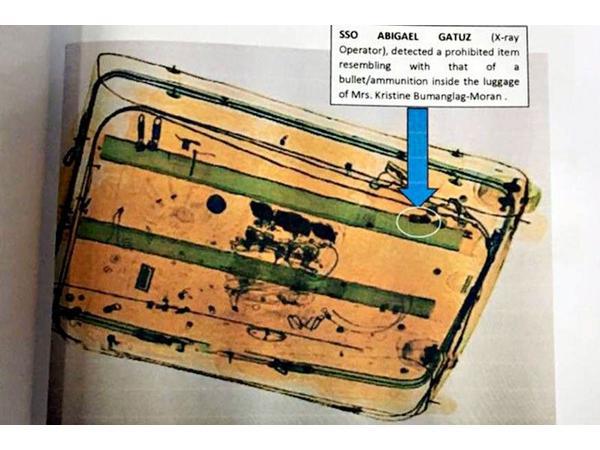Different Types of Plants

Plants take up a big part in the environment and in our lives. It beautifies the surroundings, bears fruits, feeds insects and gives us oxygen.
Have you ever wondered what types of plants are there? There are different ways to classify plants. You can classify them based on their growth, seed-bearing and spore-bearing, angiosperms and gymnosperms, or vascular and nonvascular plants.
The easiest way to classify the types of plants is by vascular and nonvascular plants.
Vascular Plants (Tracheophytes)

Vascular Plants (Tracheophytes) are plants that have vascular tissue (xylem and phloem) that makes the water move throughout the plant and produce minerals for photosynthesis. They have stems, leaves, and roots.
Vascular Plants include:
- Lycopodiophyta (Clubmosses) are small with scale-like or needle-like leaves. They are homosporous and have two families: Lycopodiaceae (the typical clubmosses) and Cyperaceae (the firm mosses).
- Pteridophyta (Ferns) is referred to as cryptogams. It doesn't produce seeds or flowers, and only disperse spores. There are different types of Pteridophyta such as Pteridopsida (typical ferns), Sphenopsida (horsetails), Marattiopsida (divergent groups of ferns), Psilotopsida and sister groups to all other ferns.
- Rhyniophyta (rhyniophytes) is considered to be similar to genus Rhynia and was found in Early Devonian and has no living species.
- Zosterophyllophyta (zosterophylls) is extinct in land. It is a part of modern lycophytes which has evolved from its lineage. It has a kidney-shaped sporangia and branching axes on its lateral position.
- Trimerophytophyta (trimerophytes) is believed to be part of ancestral groups of ferns and seed plants. It is also called paraphyletic. A plant from the Devonian period with Psilophyton genera.
- Progymnosperm is presumed to evolved from trimerophytes and rise gymnosperms. It is spore-bearing, woody but has gone extinct.
- Seed Plants (Spermatophytes) is a plant that produces seed in forms of gymnosperms (conifers, Gingko, and cycads) and angiosperms (flowering plants).
- Pteridospermatophyta is a group of seed plants that grows abundant during Carboniferous and Permian periods. It has a genus of Elkinsia in late Devonian and has been extinct.
Non-vascular Plants (Bryophytes)
Meanwhile, non-vascular plants (Bryophytes) are plants that don't have xylem and phloem, no roots, stems, and leaves but have specialized tissue that transports water internally. They produce through spores, and low-growing.
Nonvascular Plants include:
- Bryophytes are simple plants that grow inland and have three forms: Moss, Liverworts, and Hornworts.
- Moss (Bryophyta) is evolved from liverworts. They live in moist places and packed together to hold water in order to survive.
- Liverworts (Marchantiophyta) is a small plant similar to mosses with flattened bodies and reproduce through spores. It has a gametophyte-dominant life cycle.
- Hornworts (Anthocerophyta) has an elongated horn-like structure.
- Green Algae has a typical alga cell and a photosynthetic, eukaryotic organism. It has two groups, the Chlorophyta (lives in freshwater and seawater) and Charophyta (closest to plants).
- Facts about Bryophytes: Moss and hornworts evolved from liverworts. Liverworts evolved from green algae.









